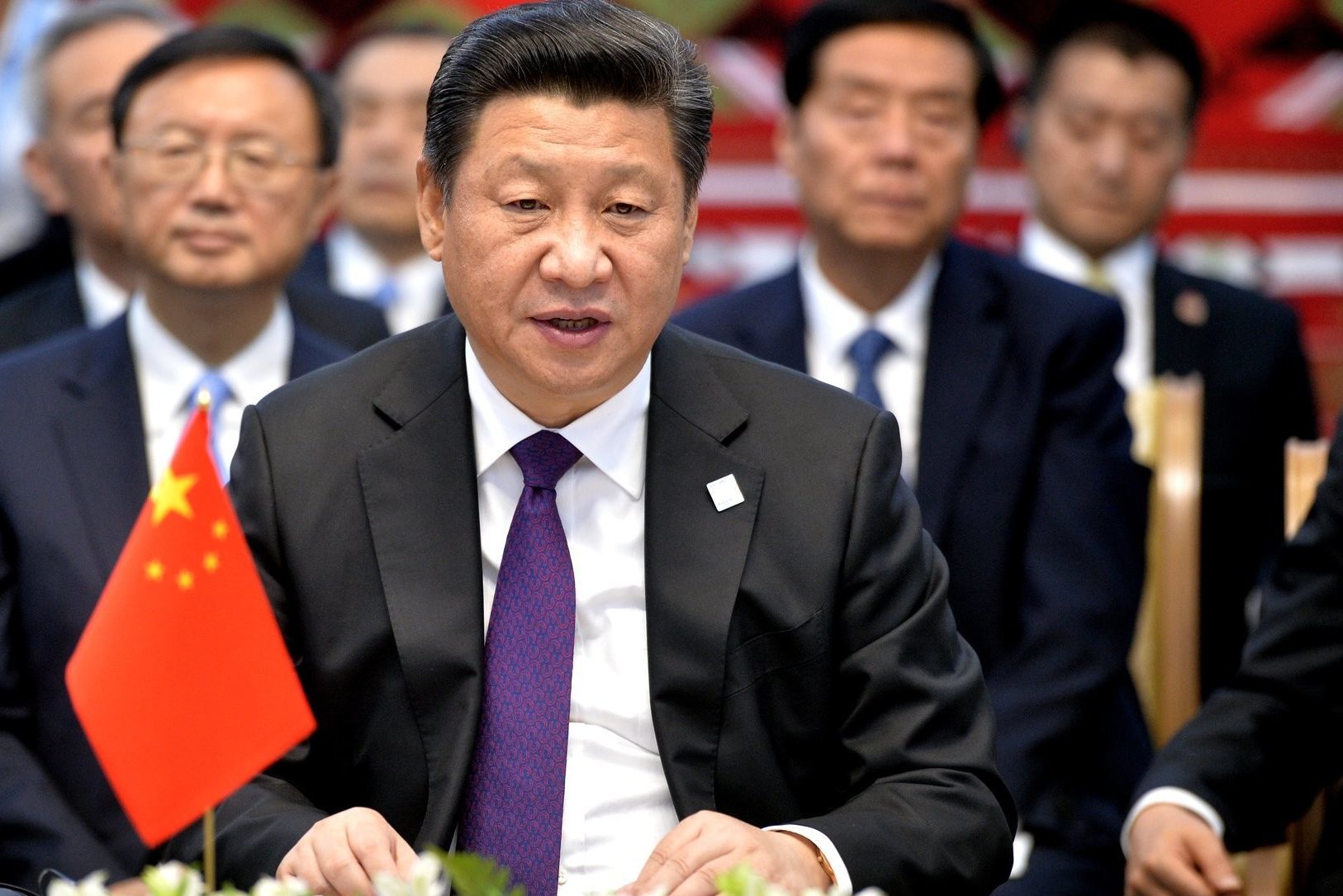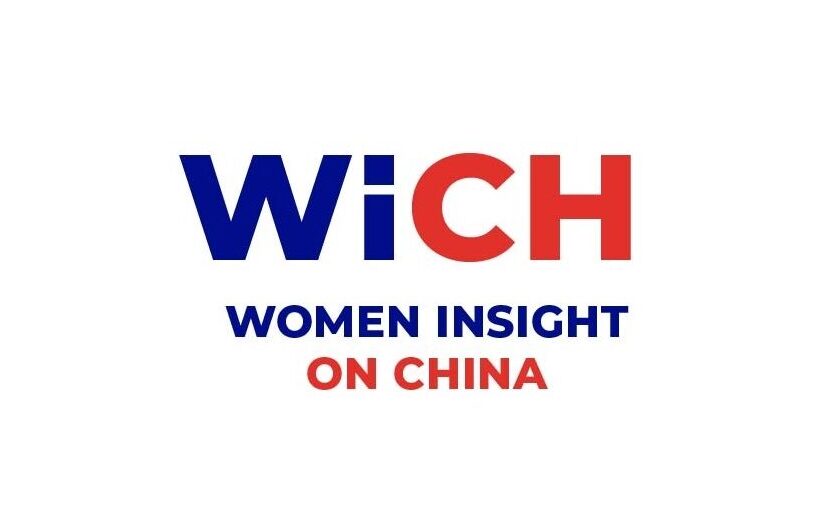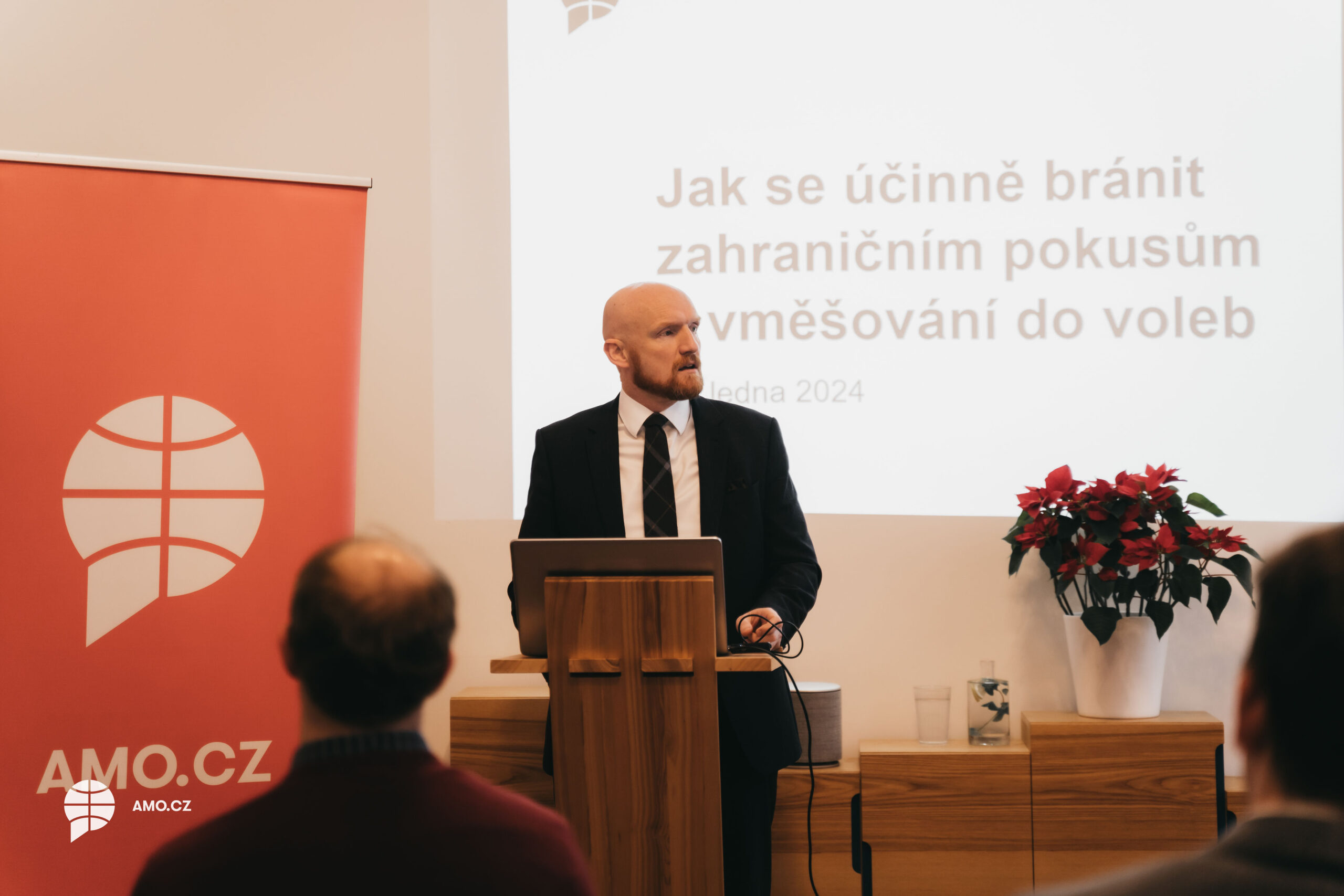This post was originally published on SOAS blog.
By April 2020, the global COVID-19 pandemic has become the major reference point defining the current dynamics of China’s domestic politics as well as its relations with the outside world. As the epicentre of the crisis has moved towards Europe and the US, it has become clear that China has embarked on an ambitious and all-out diplomatic mission to boost its image globally. By promoting a mix of commercial sales and donations under the banner of “mask diplomacy” and by shifting the blame for the current crisis to the outside world, the Chinese Communist Party (CCP) has managed to partially move the public’s attention away from its own mistakes and mishandling of the emerging health crisis in late 2019. Although the “blame game” was initially orchestrated by Beijing to influence its domestic audience, it has soon become a global undertaking.
“Pandemic-themed China story”, as one might call it, has mirrored the CCP’s long-standing efforts to build a China-friendly international environment through promotion of its own international media, which have praised Beijing’s counter-coronavirus efforts and the alleged advantages of the country’s political system. This narrative has been taken up by some foreign media, while some outlets have also enabled representatives of the People’s Republic of China (PRC) to reach broader audiences by publishing op-eds and editorials promoting Beijing’s official standpoint on the current situation.
Chinese news agencies and media outlets, such as Xinhua, CGTN and China Radio International have intensified their coverage of the pandemic in English and other languages. Simultaneously, Chinese diplomats have doubled down on their campaigning in Western social media, most notably on Twitter, where Chinese embassies have recently set up their official profiles. China’s external propaganda machine has been clearly trying to use the moment of relative domestic stabilisation to the CCP’s advantage.
This kind of behaviour has been evident in many parts of the world, including Central and Eastern Europe (CEE). CEE states have been tightening their ties with China throughout the past decade, both bilaterally and multilaterally through the so-called 17+1 platform. Although Beijing’s initiative has been officially focusing on strengthening political and economic ties with the region, it has also resulted in a multitude of seemingly high-level frameworks aiming at “people-to-people” cooperation. In other words, societal relations have been developing, yet they have remained largely overlooked by outside observers.
As the authors of the recent report by CHOICE (China Observers in Central and Eastern Europe – a network of China watchers from CEE) have pointed out, although the societal level of cooperation between the PRC and the region has been perceived as relatively uncontroversial, given the nature of the Chinese regime and the penetration of the society by the party-state apparatus, this particular type of “people-to-people” cooperation should be rather considered “government-to-people”. Chinese media and academic institutions cooperating with foreign entities do not enjoy the same freedoms as their counterparts in democratic states do. At the same time, local outlets, also in CEE, seem not to be fully aware of the possible implications of cooperation with Chinese entities having close ties with the party-state.
As the authors of the previously mentioned report have stressed the growing prominence of the CCP and its various bodies in Beijing’s approach towards cooperation with CEE warrants vigilance. In order to achieve greater transparency, local media and non-governmental actors should focus more on independent and facts-based coverage of cooperation with Chinese entities at the societal level. However, the focus should not be on banning all types of exchange. Not every form of cooperation with China should be equated with potential threats, as this kind of attitude can easily turn into discrimination of Chinese nationals. This should be avoided at all costs, as racism not only represents a systemic problem, but can also be instrumentally used by the CCP to justify its own propaganda efforts. The example of Donald Trump calling SARS-CoV-2 the “Chinese virus” is a case in point.
Despite many protests, the American president has repeatedly used this discriminatory term, which has also enabled Beijing to excuse its own battle of narratives against Western liberal democracies. Thus, clear division lines should be drawn between public criticism of the CCP-led initiatives and Chinese nationals’ behaviour. Some Chinese entities and institutions have offered genuine donations and real help to their CEE counterparts in the time of the coronavirus pandemic. Yet, top-down efforts to boost China’s global image have dominated the picture – they should not be analysed in isolation from the broader implications of Beijing’s domestic and international interests in both CEE and throughout the world.


